PsychNewsDaily Publishers
100 Summit Drive
Burlington, MA, 01803
Telephone: (320) 349-2484
PsychNewsDaily Publishers
100 Summit Drive
Burlington, MA, 01803
Telephone: (320) 349-2484
Lincoln and Kennedy share eerie similarities in their assassinations, including timing, vice presidents, and the names of their assassins, prompting intrigue about fate and coincidence.
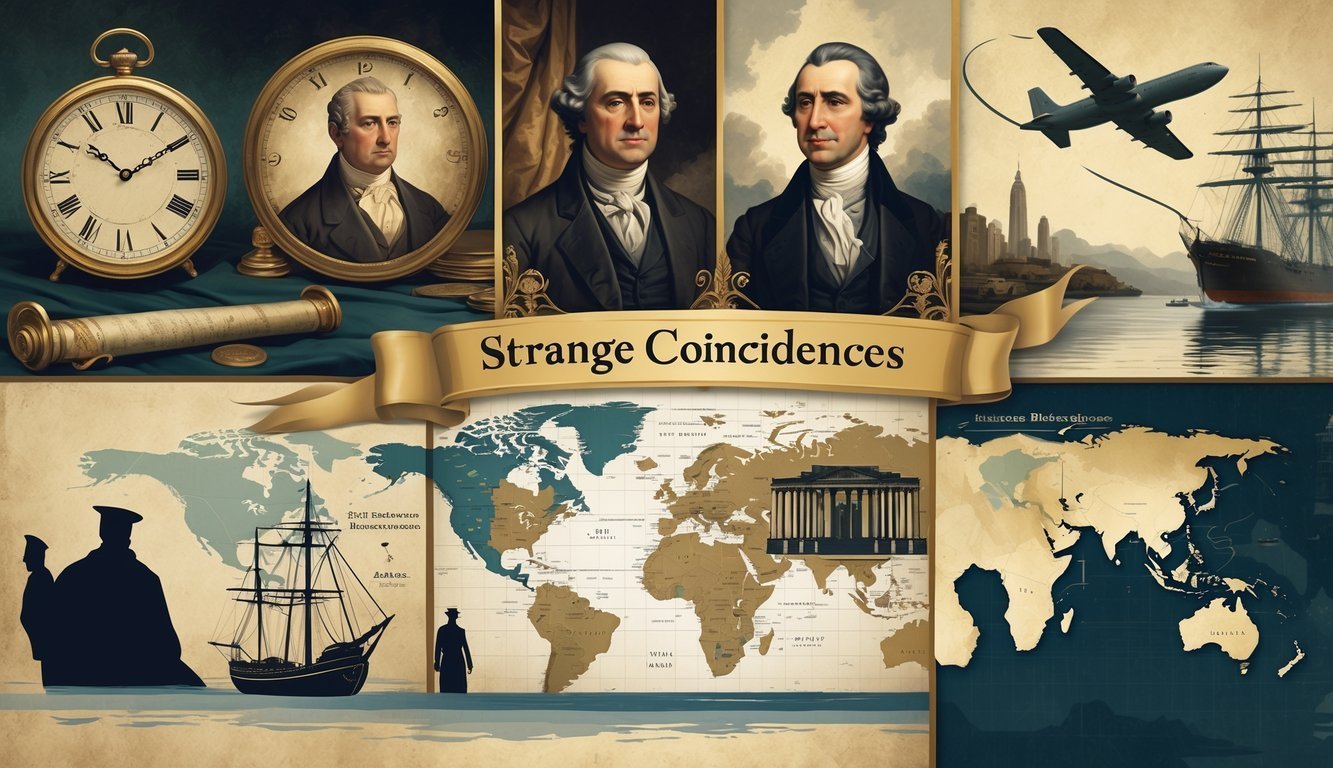
History’s packed with odd moments when events line up so perfectly, you can’t help but wonder if it’s just luck or something else at play. Ever catch yourself thinking, “Wait, did that really happen by accident?” Same.
Get ready for eight historical coincidences so bizarre, you might start questioning what you believe about luck and fate. These stories are wild, and honestly, they make history a lot more fun.

It’s honestly hard to ignore all the weird links between the assassinations of Abraham Lincoln and John F. Kennedy. Both men were shot in the head on a Friday—how’s that for strange?
Lincoln was shot at Ford’s Theater, while Kennedy got shot in a Ford car. Both had vice presidents named Johnson who took over—Andrew Johnson after Lincoln, and Lyndon B. Johnson after Kennedy.
Even the timing is odd. Lincoln was elected in 1860, Kennedy in 1960. That’s a neat 100-year gap.
Here’s another thing: John Wilkes Booth killed Lincoln, and Lee Harvey Oswald killed Kennedy. Both assassins went by three names, and both died before they could go to trial. These details just pile up and make the whole thing even more fascinating.
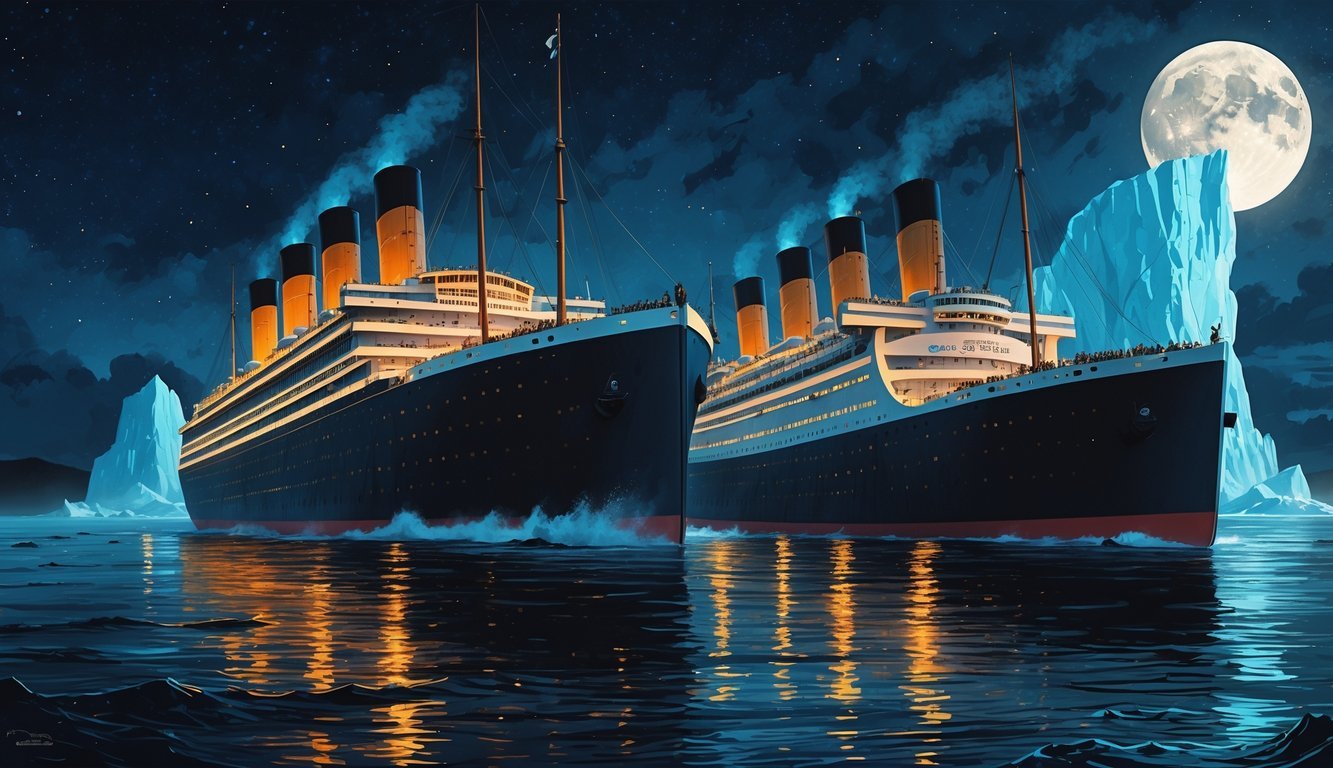
Back in 1898, a book called Futility came out—and it described a ship eerily similar to the Titanic. The fictional ship was even named Titan.
Both ships were called “unsinkable.” Both hit icebergs and went down. And both carried way too few lifeboats for everyone on board.
After the Titanic disaster, people couldn’t believe how closely the book matched real life. Some folks claimed the author predicted it, but maybe he just got really, really lucky (or unlucky) with his imagination. Either way, it’s hard not to be a little spooked by the similarities.
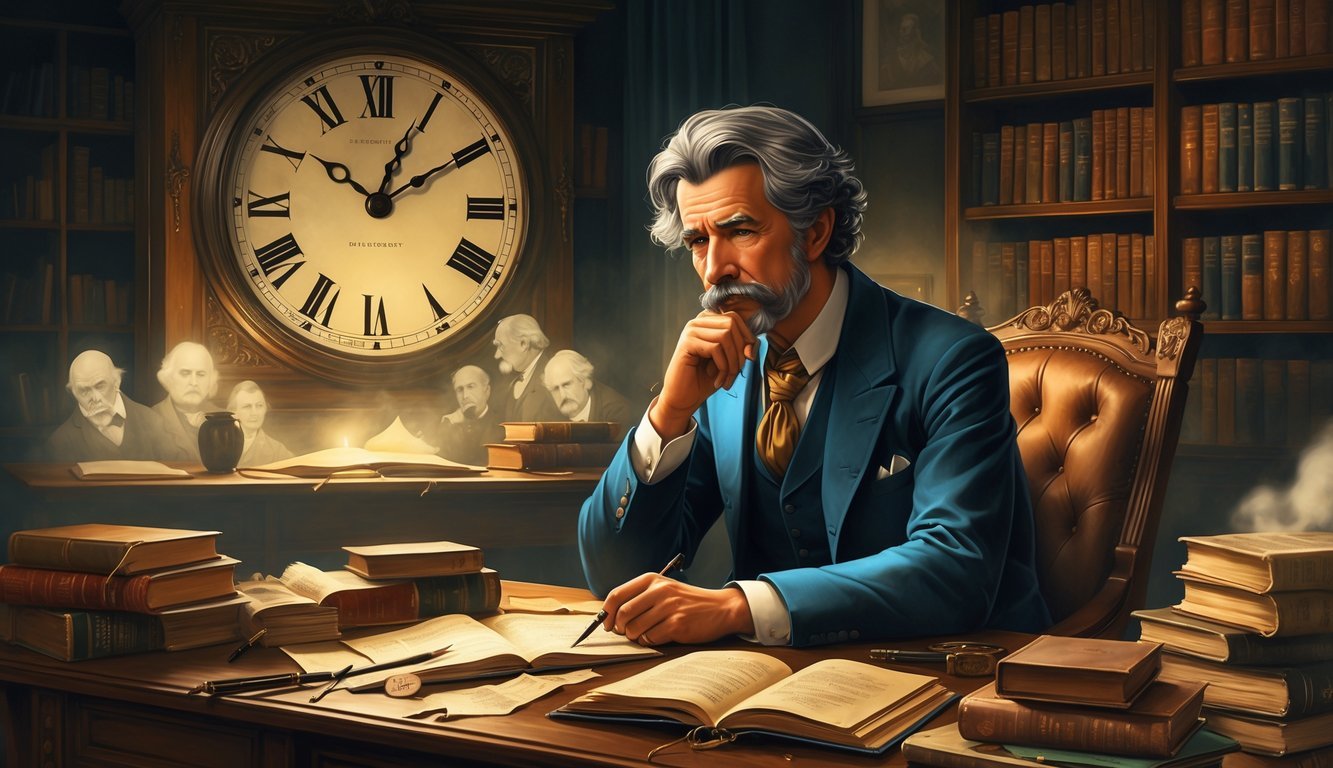
Mark Twain, born in 1835, came into the world the same year Halley’s Comet blazed across the sky. He once joked (or maybe he was serious?) that he’d die when the comet returned.
In 1910, Halley’s Comet showed up again—and Twain died the next day. That’s just a little too neat, isn’t it?
People find this coincidence a bit creepy. It almost feels like Twain and the comet were linked somehow.
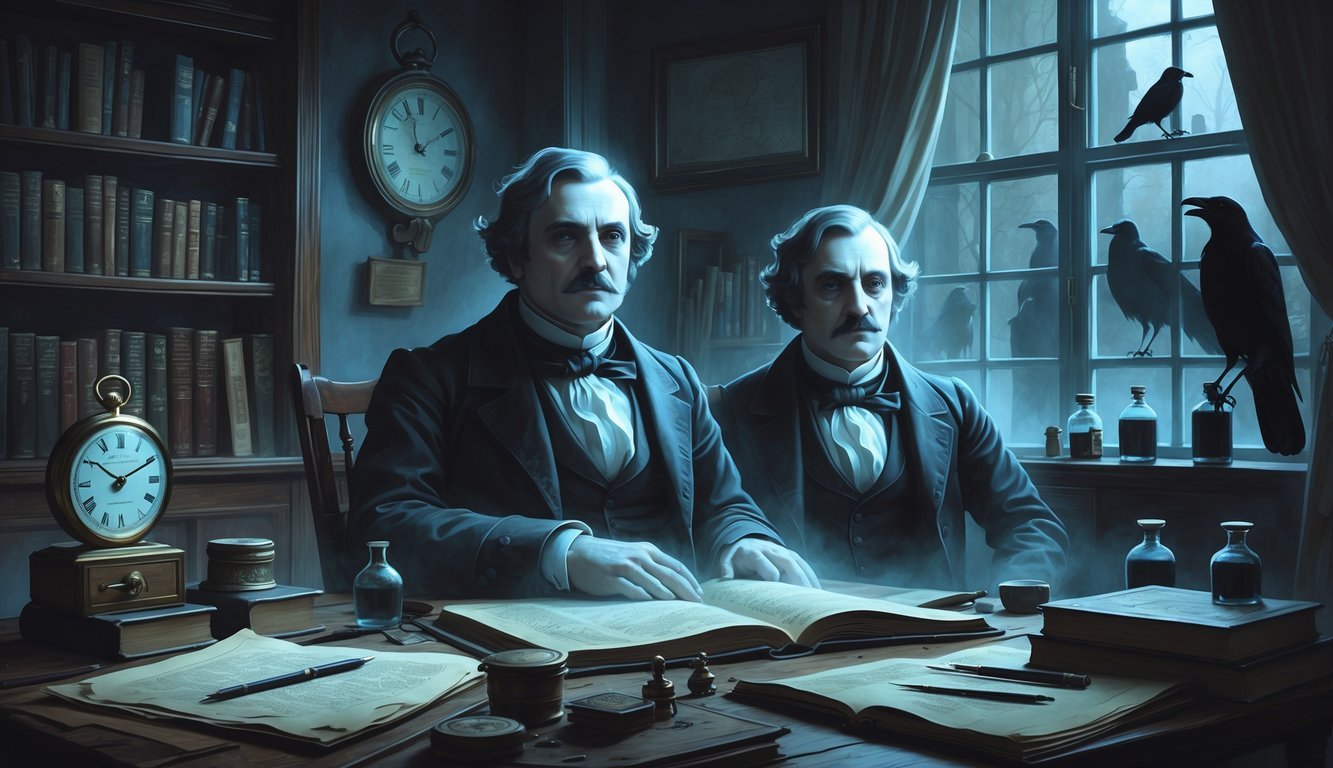
Edgar Allan Poe didn’t just write mysteries—he lived one. In 1849, Poe vanished for five days while he was traveling. Nobody really knows where he went or what happened.
He turned up again, confused and sick, in a Baltimore hospital. A few days later, he died under circumstances that still puzzle people. Poe’s strange disappearance feels like something out of his own stories.
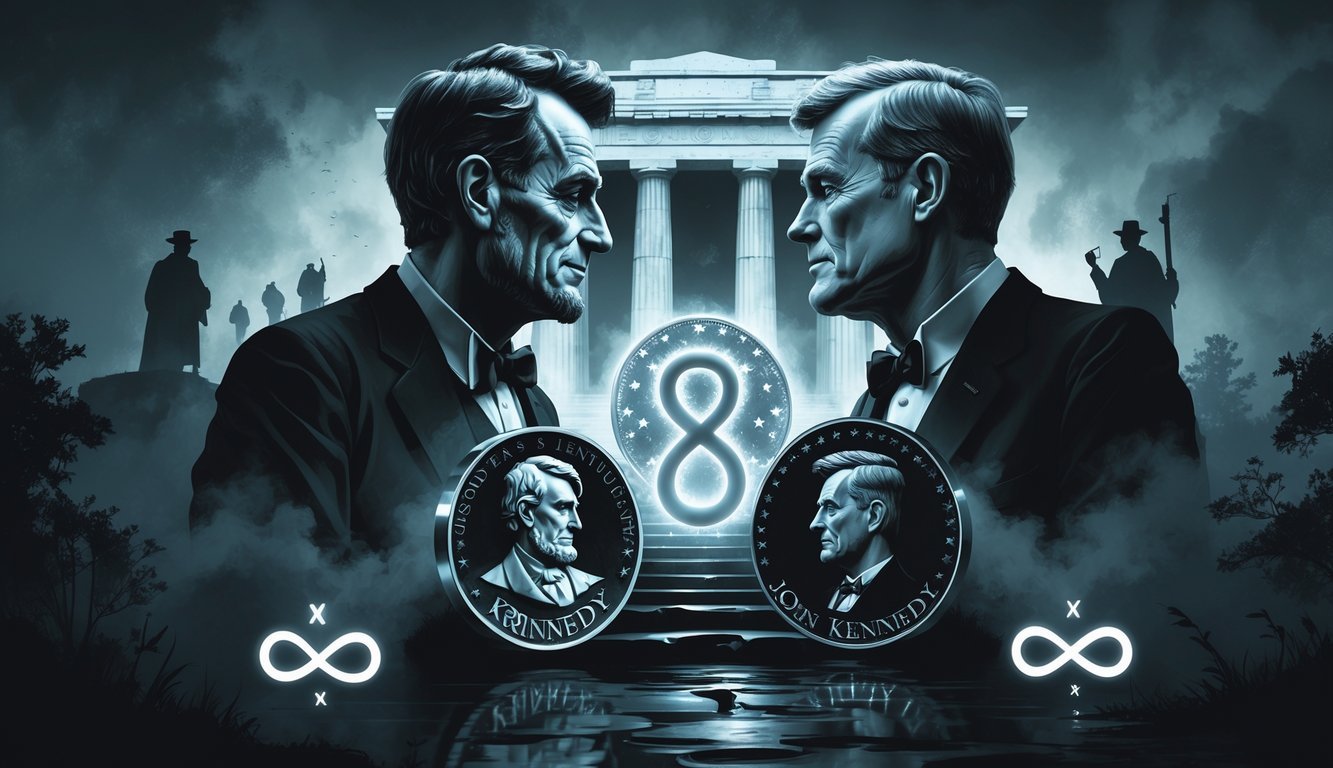
Here’s another Lincoln-Kennedy thing: the numbers just keep lining up. Lincoln was elected to Congress in 1846, Kennedy in 1946—exactly 100 years apart.
Both became president 100 years apart too—Lincoln in 1860, Kennedy in 1960. That’s pretty uncanny.
Even their secretaries had each other’s names. Lincoln’s secretary was named Kennedy, and Kennedy’s was named Lincoln. And Lincoln was shot in Ford’s Theatre, while Kennedy was shot in a Ford car. These patterns are just… odd. Makes you wonder, right?
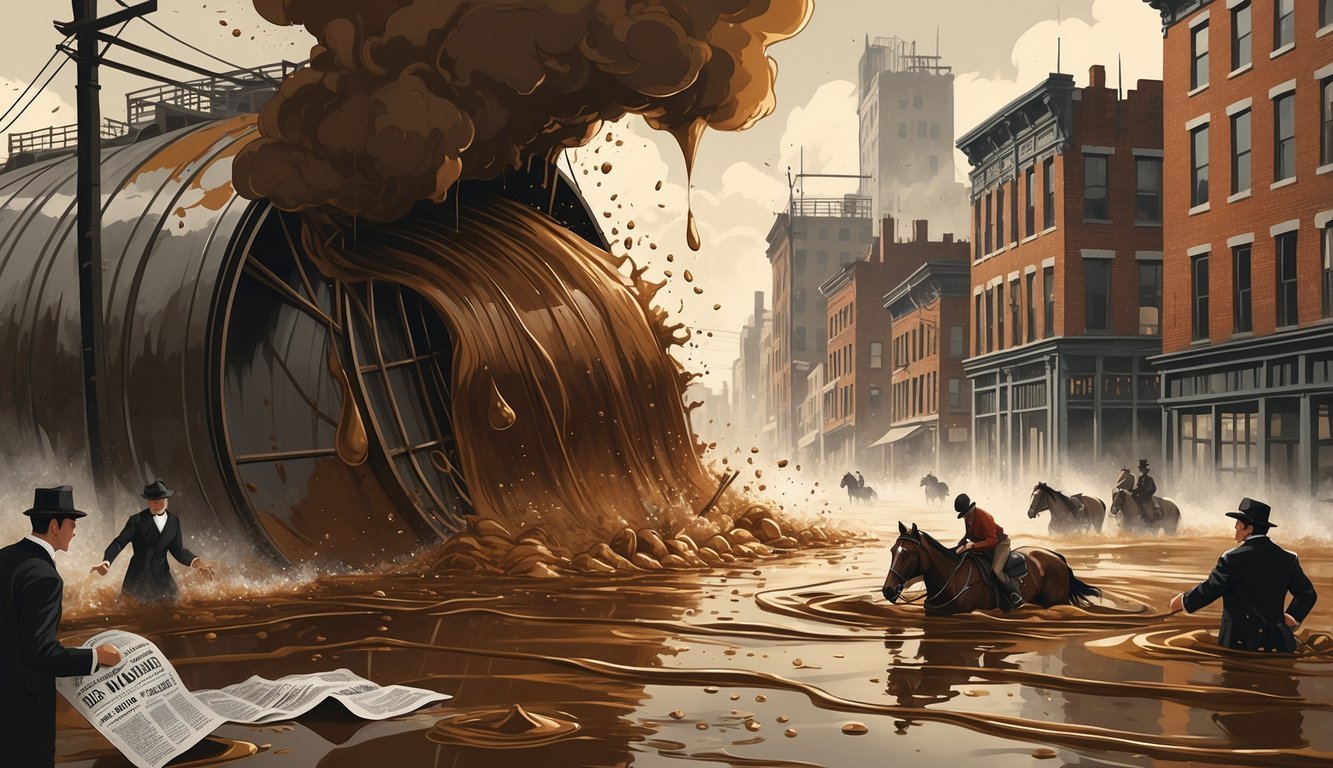
Picture this: in 1919, a giant tank full of molasses exploded in Boston. A wave of syrup—seriously, molasses—rushed through the streets, smashing buildings and trapping people.
Over 2 million gallons spilled out, killing 21 people and injuring a bunch more. It’s wild to think something so sticky could be so deadly.
Afterward, the city had to change the rules to make sure tanks like that wouldn’t burst again. So, in a weird way, molasses helped make factories safer. Who would’ve guessed?
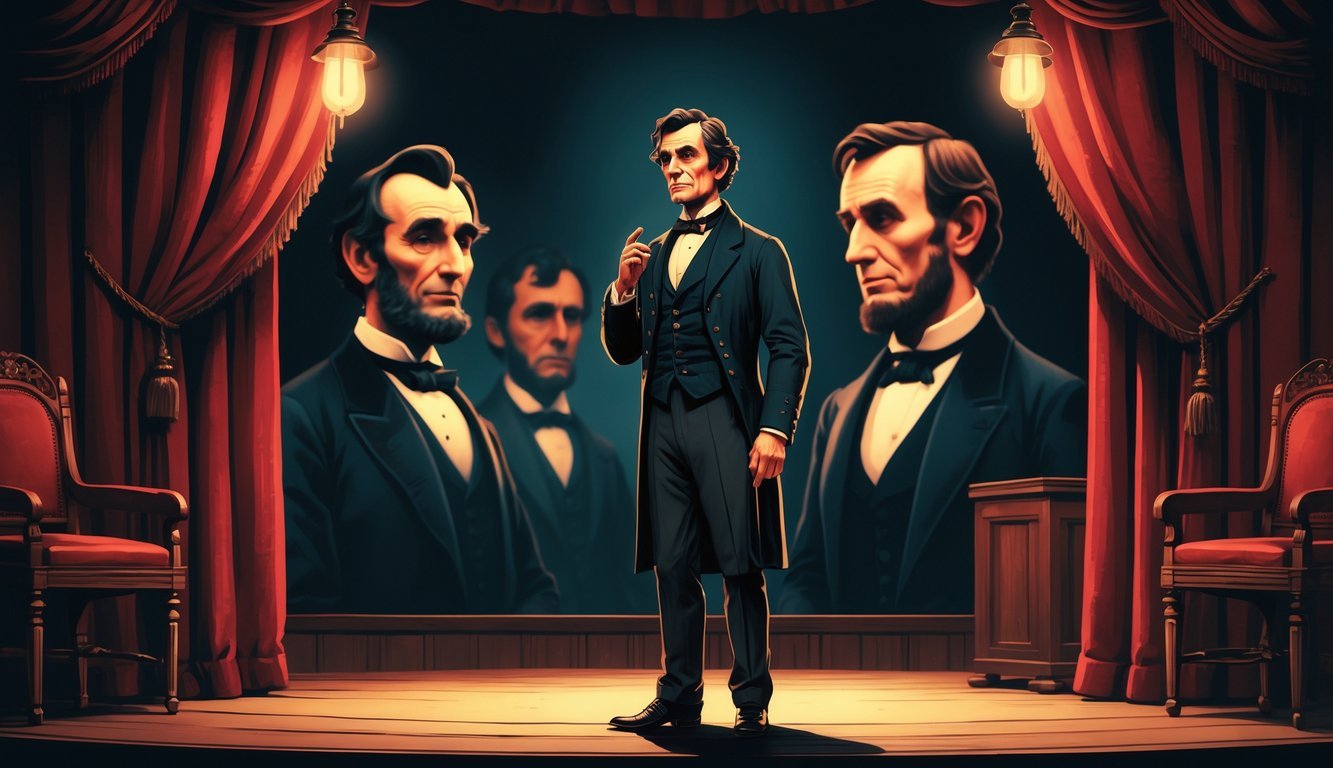
Edwin Booth, a famous actor, had a strange tie to the Lincoln assassination. He was actually John Wilkes Booth’s brother—the guy who killed Abraham Lincoln.
But here’s the twist: Edwin once pulled Lincoln’s son, Robert Todd Lincoln, away from a train accident just in time. So, the brother of Lincoln’s killer actually saved Lincoln’s son.
Edwin supported the Union during the Civil War, which makes this whole connection even more tangled and, honestly, pretty fascinating.
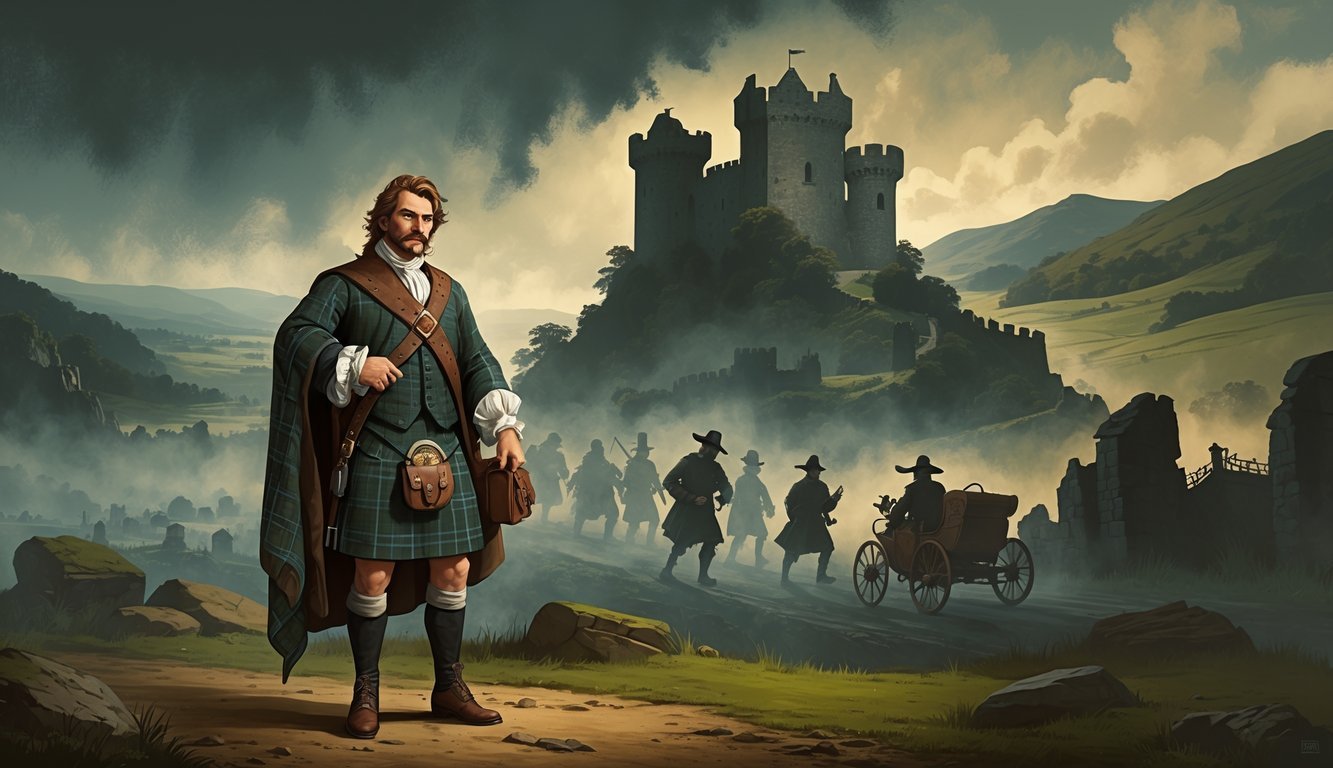
Honestly, it’s kind of wild how Rob Roy’s story lines up with real-life robberies from history.
Rob Roy MacGregor actually stole cattle and ran protection rackets in Scotland back in the early 1700s.
The famous novel and movie try to paint him as some sort of hero, but the real guy? He was more of a clever criminal than anything else.
You can spot bits of his life in other stories about bandits who mixed a little honor with a lot of crime.
His story really blurs the line between courage and lawlessness.
When you start digging, you notice so many outlaws from history share Rob Roy’s weird mix of reputation and actions.